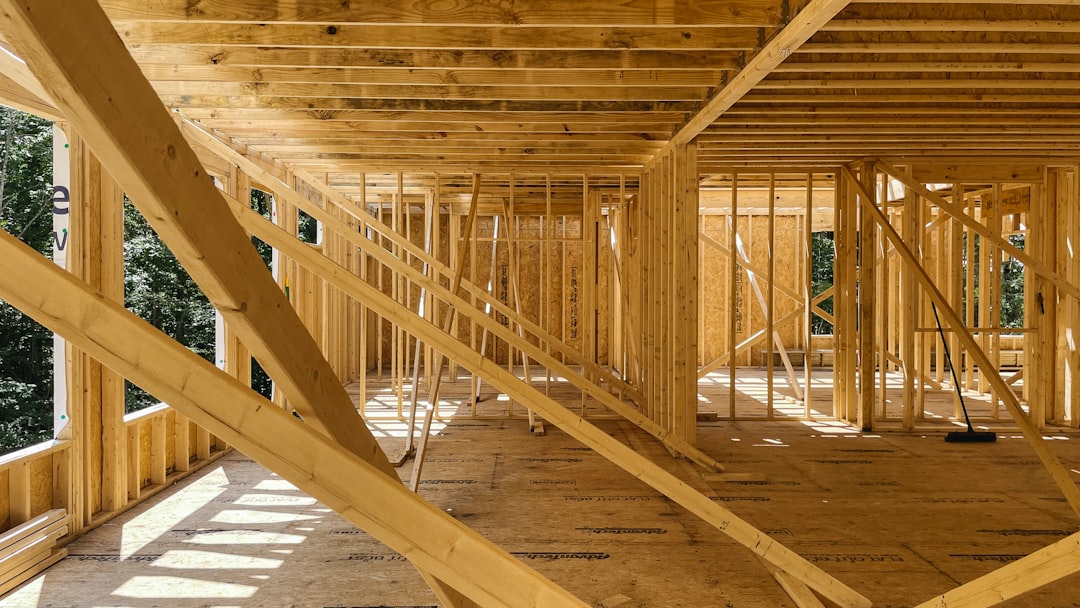
Installing radiant heating under hardwood floors is a popular choice for enhancing comfort and energy efficiency. For construction professionals, understanding the cost implications is crucial. Current estimates for the New York metro area show that electric radiant systems beneath engineered hardwood range from $14–$18 per square foot installed, while hydronic systems range from $18–$25 per square foot. Premium solid hardwood installations can reach $25–$32 per square foot. These figures exclude additional costs like boiler upgrades and smart thermostat integrations.
• Hydronic systems, while offering lower operating costs, require a higher initial investment, especially if a new boiler is needed.
• Electric systems are easier to install and ideal for smaller areas, but may incur higher long-term electricity costs.
• A well-maintained plywood subfloor minimizes labor costs.
• Damaged subfloors increase preparation time and material costs.
• Solid wood options like oak or walnut are more expensive than engineered alternatives.
• Wider boards may require additional materials like clips and vapor barriers.
• Larger projects may benefit from volume discounts, but more zones increase complexity and cost.
• Complex layouts or existing structures can increase labor time and costs.
1. Measure the area accurately and use tools like CountBricks for precise material estimates.
2. Choose the right system and materials based on current supplier pricing.
3. Adjust labor schedules to optimize costs and timelines.
• Use programmable thermostats to reduce energy costs.
• Pair engineered wood with hydronic systems for efficiency.
• Schedule installations during major remodels to avoid extra costs.
• Use reflective insulation to improve system efficiency.
• Combine flooring and baseboard work to save on mobilization fees.
In a Brooklyn renovation, a contractor used CountBricks to estimate costs for a 1,200 sq ft heated wood floor project. The project was completed under budget and ahead of schedule, showcasing the efficiency of using advanced estimating tools.

While initial installation costs are important, understanding the long-term operating expenses is crucial for maximizing value. Electric systems are ideal for smaller areas, with an average cost of $0.15 per hour of runtime. Hydronic systems, when paired with efficient boilers, offer lower fuel costs and are better suited for larger installations.
• Suitable for small areas up to 300 sq ft.
• Minimal maintenance required.
• Ideal for large or whole-house installations.
• Lower long-term fuel costs with efficient boilers.
Use the CountBricks calculator to assess energy savings and payback timelines, helping clients make informed decisions.
A Westchester retrofit project demonstrated significant energy savings with hydronic systems, achieving a 28% reduction in gas bills within the first year.
1. Schedule a consultation to explore project specifics.
2. Use CountBricks tools for accurate takeoffs and proposals.
3. Ensure transparency and efficiency from start to finish.